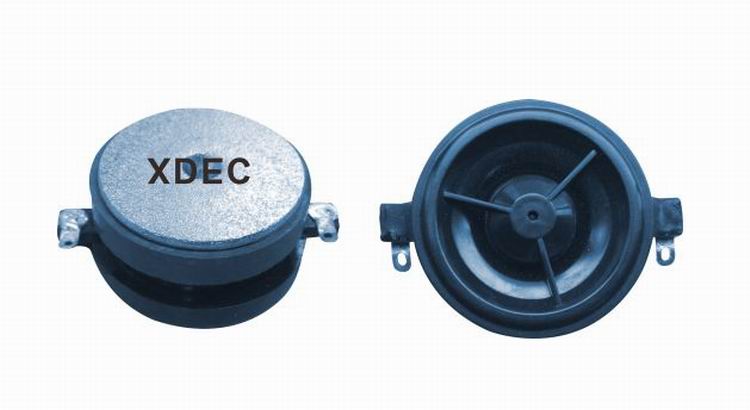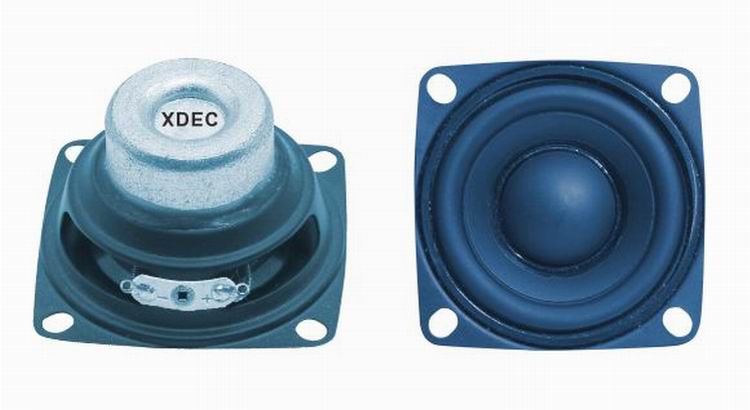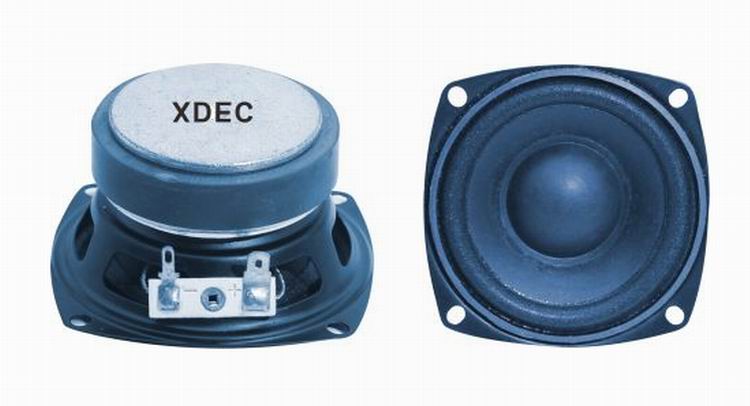As an emerging display medium, LED display is a high-tech product integrating optoelectronics and computer technology. With the rapid development of large-scale integrated circuits and computer technology, it has developed rapidly and has been widely used in various industries.
In the LED display system, most of the signals used for transmission, processing, and control are digital signals. Currently, most computers and external display devices are connected through an analog VGA interface, and digitally generated inside the computer. The image information is displayed, converted into D, G, B primary color signals and line and field sync signals by the D/A (digital/analog) converter in the video card, and the signals are transmitted to the display device through the cable. For analog display devices, such as analog CRT displays, the signal is sent directly to the corresponding processing circuit, which drives the control tube to generate an image. For digital display devices such as LCD and DLP, a corresponding A/D (analog/digital) converter is required in the display device to convert the analog signal into a digital signal.
Although there are many digital display interface products on the market, they have digital primary red, green and blue primary color signals and control signal output interfaces on the computer screen. However, most of these products have high price and sometimes compatibility. The problem, and has not yet formed a unified standard.
Therefore, as far as the analog interface is concerned, there are two main methods for obtaining data on the display screen: one is to collect data through the dedicated multimedia video card provided by the manufacturer to realize the synchronous display of the LED display screen and the computer; the second is to intercept the data. The analog signal output from the display card is used to obtain data, and the synchronous display of the LED display screen and the computer is realized. Both of these technologies already have molded products and are used in the actual work of LED displays.
For the first scheme, due to the development of science and technology will inevitably lead to the rapid update of various products, multimedia video cards will be unnecessary economic and resource waste due to continuous technological updates, and thus will be eliminated by the market. For the second scheme, since the corresponding display cards and resolution settings need to constantly change the setting parameters, the adaptability of the product is poor.
Based on the above situation, this paper proposes a new method to realize the synchronous display of LED display screen and computer, which can completely replace the multimedia video card, thus avoiding some of the drawbacks of the existing multimedia video card and achieving the integration with the international display industry standard.
Design principle of VGA conversion interface card
The basic working principle of the VGA conversion interface card is: using A/D acquisition technology, directly collecting image information from the general analog card analog output, no need to install a multimedia video card. Converting one analog signal into a digital signal through an A/D conversion device and feeding it into the display screen; after passing another analog signal through the video preamplifier, it is still sent back to the CRT display as an analog signal, so that the display content of the display can be The content displayed on the LED display remains consistent in real time, and the acquisition effect can be monitored at any time. The adoption of the A/D system also reduces the complexity of installation and operation. The VGA conversion interface card can be used as a peripheral of the computer to achieve "no boot installation", thereby improving the compatibility of the entire system. The structural block diagram of the principle is shown in Figure 1.
Selection of analog to digital conversion chip
Analog-Digital Converter (ADC), as the main component of the conversion interface card, its main function is to convert the input analog quantity into a digital quantity that can be recognized by the large screen [4]. We use the AD9884A-140, a high-speed, analog-to-digital conversion device for RGB video, recently introduced by AD.
The AD9884 is a high-speed (500MHz analog bandwidth) 8-bit A/D conversion chip for intelligent VGA, SVGA, and XGA display conversion. The internal register of the chip is initialized by the microcontroller, and the predetermined working mode is written in a serial manner. After the end, the AD9884 starts working.
To use a new device, you must first understand the device's operating principle, performance specifications, limit operating parameters and typical circuit connections. If it's a smart device, learn about its programming features and parameters and get it on the market.
The analog-to-digital conversion device AD9884A is the main chip of the interface card, and other devices must be selected around the chip.
According to the working frequency response ranges, speakers can be classified into tweeters, mid ranges, woofers and full ranges.



FAQ
Q1. What is the MOQ?
XDEC: 2000pcs for one model.
Q2. What is the delivery lead time?
XDEC: 15 days for normal orders, 10 days for urgent orders.
Q3. What are the payment methods?
XDEC: T/T, PayPal, Western Union, Money Gram.
Q4. Can you offer samples for testing?
XDEC: Yes, we offer free samples.
Q5. How soon can you send samples?
XDEC: We can send samples in 3-5 days.
Speakers By Frequency,High Bass Speakers,Small Loudspeakers,High Frequency Speaker
Shenzhen Xuanda Electronics Co., Ltd. , https://www.xdecspeaker.com